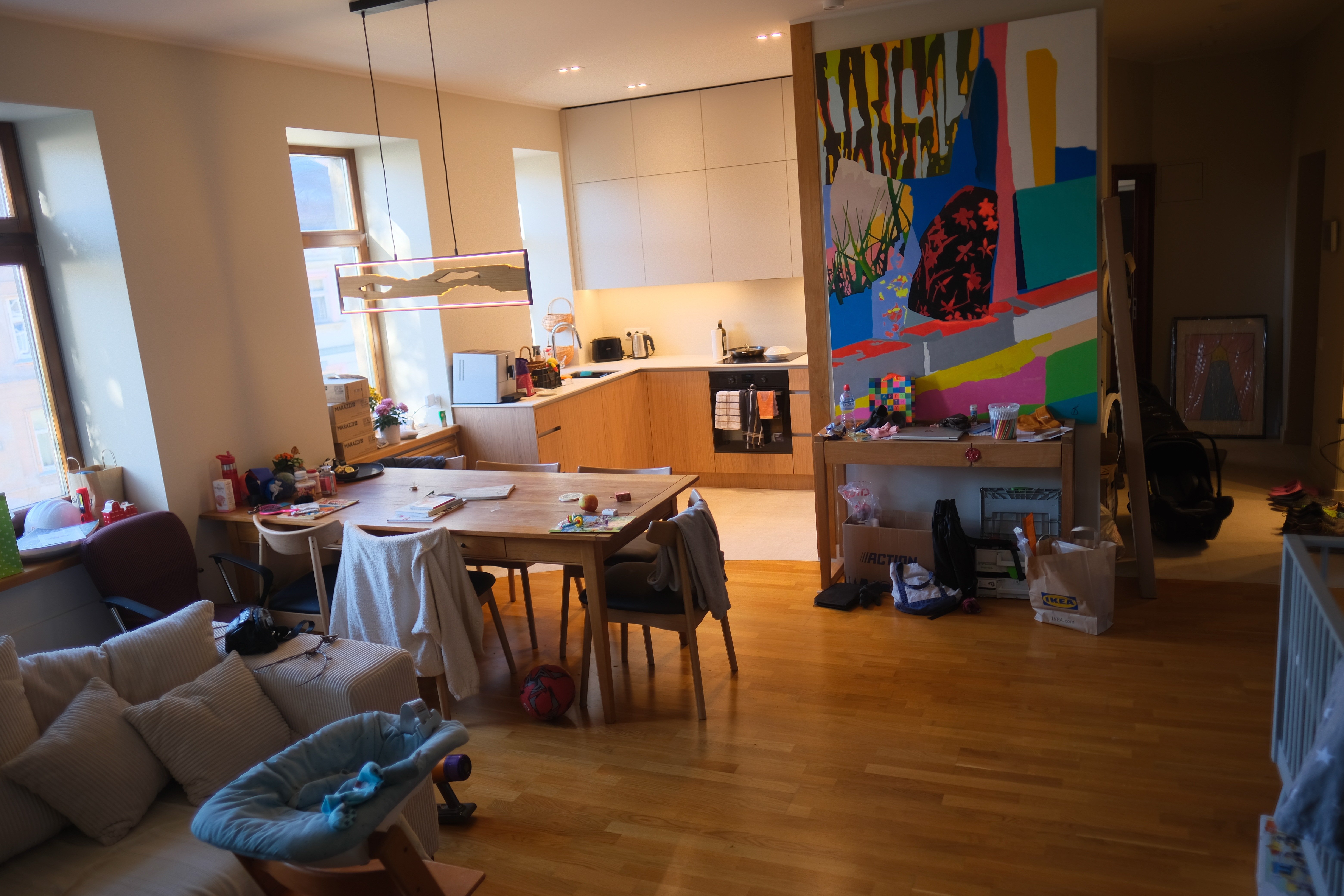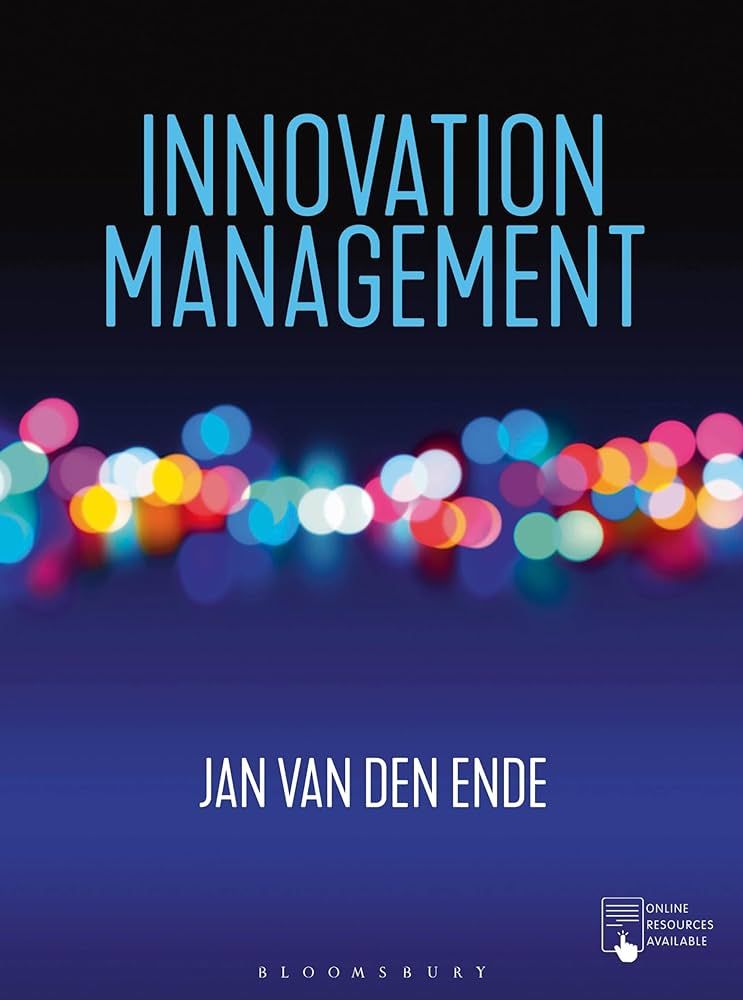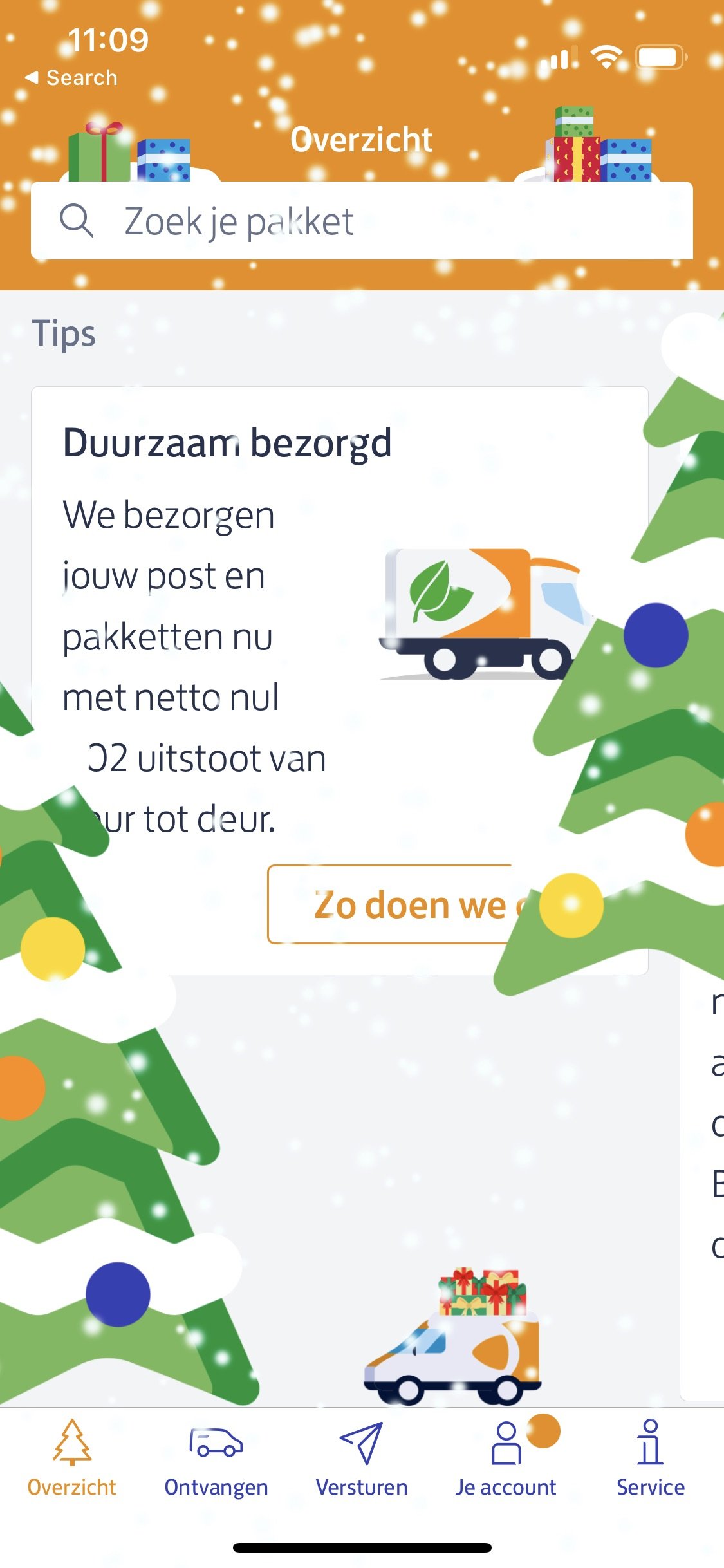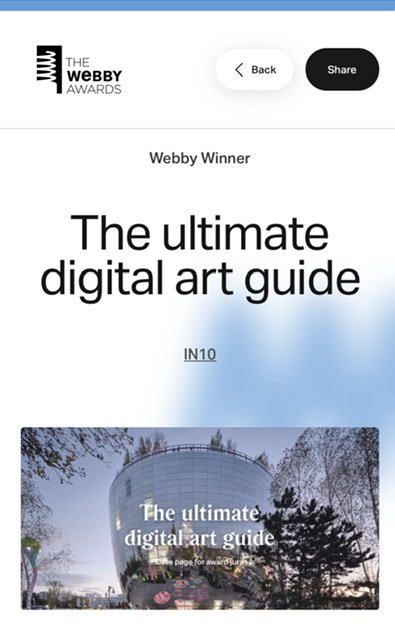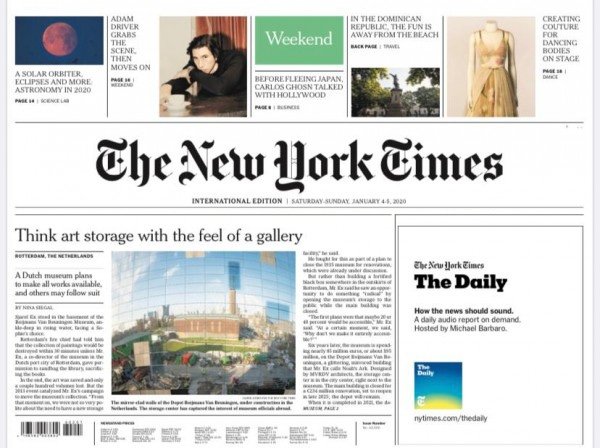Reading - Writing - Running
2020-12-13
- 2020 in reflection -
As 2020 draws to a close and the winter months bring the evenings ever closer to the mornings, I thought it would be good to reflect on the good things this pretty unusual year has afforded me in the way of insights.
It was pretty much to the day the app development study was done, that the first lockdown started. This was a surreal cultural shift that, even according to my grandma of 92 years, never happend before. All of a sudden even the most outgoing of us were set to sit down, stay inside and stare at the walls.
Without too much exageration I think everyone found one of the most confronting parts of 2020, the fact that they had to come to terms with doing nothing. Of course doing nothing is totally impossible. There is a great Seinfeld episode where Elaine's boyfriend Putty is relaxing on the couch doing literally nothing, sitting upright, staring at the wall, with a smug grin on his face. The ridiculousness is immediately evident and Elaine is outraged to no end. "What are you doing? Nothing. Well stop it! Stop what? Nothing!"
Reading - writing - runnning, for me these three hobbies are the best new features of 2020. Reading books, writing fiction and running around. It's not too different than my work, reading documentation, writing code, running programs - but it's definitely more relaxing.
Reading - There is something supremely comforting in being drawn into a seemingly endless and gripping book. I think books force you to switch your mind over to their narrative they can whisk you away from a dreary grey december afternoon in a way that streaming services or games can't really. My guess is it has to do with the fatch the with books you have to paint the picture in you mind's eye yourself.
Writing - Next to the reading I am glad I picked up writing again, like I am doing now. There is a certain satisfaction that you get from writing the surpasses most other hobbies I now how to go about. Obviously every hobby needs to start with an endless internet search, hundreds of euro's of equipment and then book ended by no idea of what to do with all the new gear you just had to get. This time however the small investment in a a mechanical keyboard actually paid off as it gives that satisfying ClacK when I type. There is a certainty to that sound that makes the effort far more gratifying and I find myself writing for fun way more often.
Running - If anyone ever asks me how I get my mind off things, it's invariably running. There is within all of us about 300.000 years of legacy code geared towards us panting and plodding over the savanna's and prairies, running up right, spear in hand, tracking down a our latest lunch. After 3KM the body goes over into a sort of auto-pilot mode and your mind seems only to interupt if there is an interesting thought of an eventful memory.
So with this year drawing to a close and the new year lying in wait, I wanted to set down these thoughts with a clack and pick up next year with new energy and hopefully by the end of it some good stories to share.
